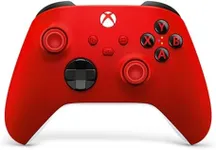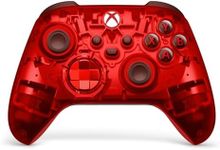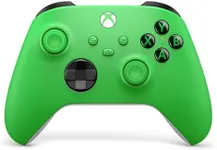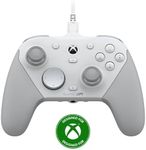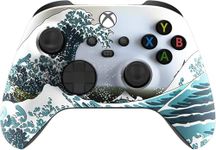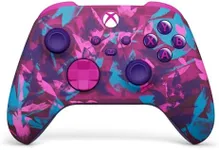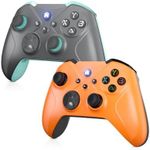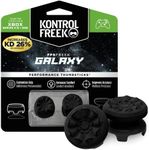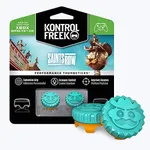Buying Guide for the Best Xbox Controllers
Choosing the right Xbox controller can greatly enhance your gaming experience, whether you play casually with friends or are into more competitive gaming. There are many options available, each with different shapes, features, and technologies designed to suit different needs and preferences. Understanding the main factors that set controllers apart will help you find one that feels comfortable, performs well for the games you enjoy, and suits your play style.Ergonomics and Build QualityErgonomics refers to how comfortable and easy the controller is to hold during long gaming sessions. This is important because a controller that feels awkward, too heavy, or too big/small can cause discomfort or fatigue. Build quality speaks to how sturdy and durable the controller is, which is crucial if you tend to play a lot or might drop it occasionally. Controllers can range from lightweight and compact to larger, more substantial designs, with different shapes for various hand sizes. To pick the right one, think about the size of your hands and whether you prefer something lightweight and portable or heavier and more solid; testing out a few in your hands at a store can really help here.
Wired vs. Wireless ConnectivityConnectivity determines how the controller links to your console or PC. Wired controllers connect directly with a cable, offering zero input lag and no need for batteries, which can be ideal for competitive play. Wireless controllers give you freedom to move around, but you'll need to consider battery life and the possibility of very minor delays in responsiveness, which usually aren’t noticeable for most players. If you like to play from far away or hate tangled wires, wireless might be best; if you’re particularly sensitive to delays or just want to skip recharging, go for wired.
Button Layout and CustomizationThis refers to the position and design of the buttons, triggers, and joysticks on the controller. Some controllers allow you to remap buttons or even physically swap pieces like thumbsticks, triggers, or paddles. For players who want a controller tailored just for them, or have unique accessibility needs, customization is very important. If you’re happy with the standard setup, a regular layout is fine, but if you find certain button placements uncomfortable or want more shortcuts for complex games, look for customization features.
CompatibilityCompatibility is about which platforms the controller works with, like different Xbox models, PCs, or mobile devices. Not every controller will work seamlessly with every device, and some require extra adapters or software. Think about where you’ll use the controller most—just one Xbox, or across other systems too—and make sure the controller supports all your needs to avoid frustration.
Haptic Feedback and Trigger SensitivityHaptic feedback gives you vibration and resistance effects that make games feel more immersive, while trigger sensitivity influences how the controller reacts to how hard or softly you press certain buttons. Basic controllers may offer simple vibration, while more advanced options have nuanced effects or adjustable triggers for added realism or advantage. If you play games that use these features, like racing or action games, advanced feedback and sensitivity settings can make gameplay more fun and precise. If you mainly play games where these effects don’t matter, you can look for simpler controllers.
Battery Life and Charging OptionsThis is how long the controller lasts before needing a recharge or new batteries. Some controllers use replaceable AA batteries, while others have built-in rechargeable batteries with USB or charging docks. Longer battery life means fewer interruptions, which is great if you game for many hours at a time. If convenience matters to you, look for controllers with easy charging methods, like USB-C or a charging stand; if you don’t mind swapping batteries, standard models work well too.
